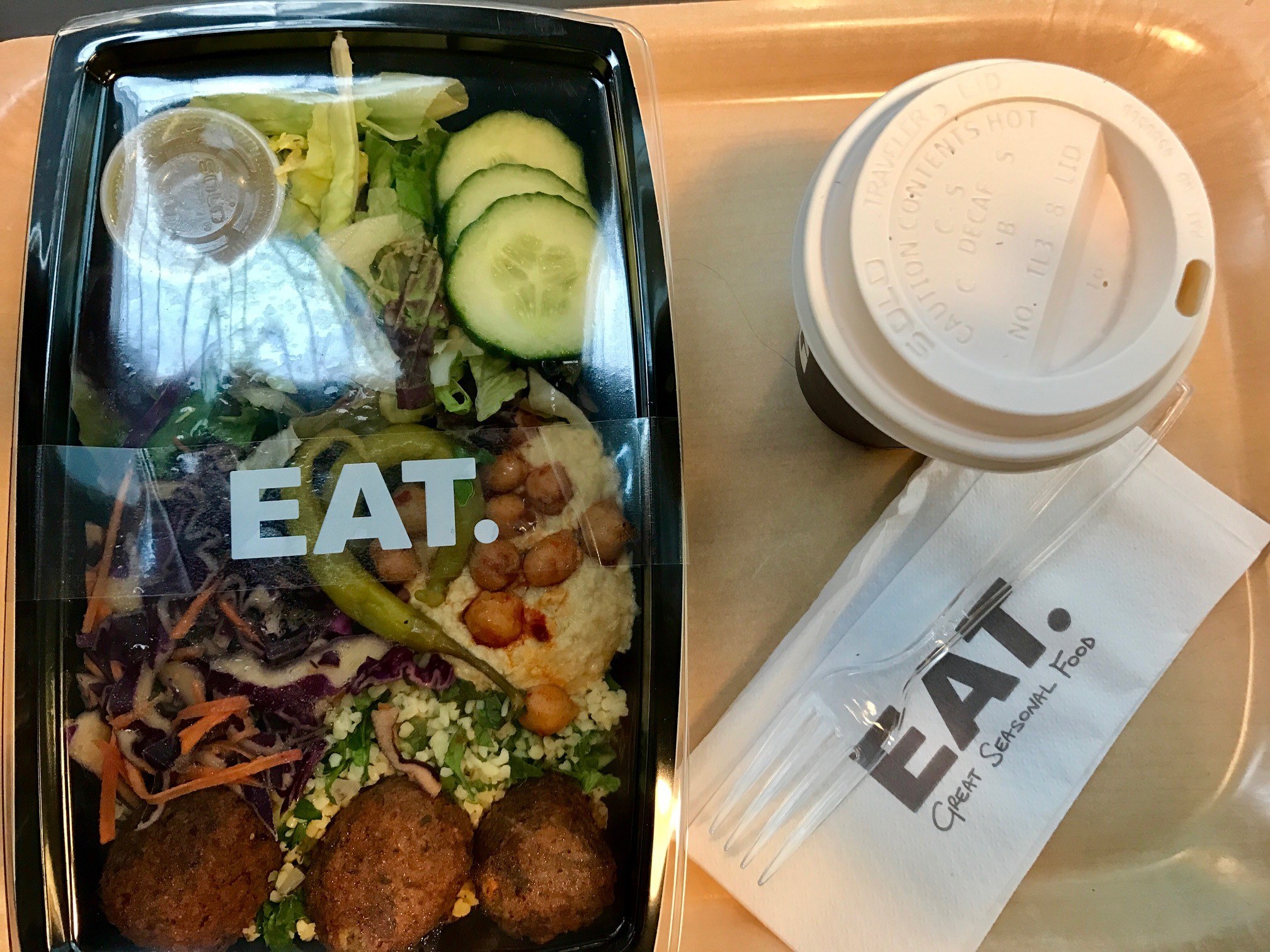


Blogs

The UK's Grab and Go market has grown exponentially over the past few years and is now valued at more than £20bn. Mobile technology and a culture of immediacy has created guests that prize convenience, and innovations in ordering and payment technology are offering the industry tools with which they can meet this demand. Here's what to expect from the Grab and Go sector over the coming months...
A delivery revolution.
Delivery services continue to go from strength to strength. With Amazon now testing food delivery by drone, operators recognise that the demand for meals to be delivered, not only to homes but to offices and hotels on-demand, shows no sign of slowing. The Grab and Go market has always been built around convenience. Operators like Itsu are already making their offering more accessible through their Itsu [to you] delivery app, and we expect to see others following the same path.
Focus on quality. Standards are rising across all sectors, and Grab and Go operators will need to raise theirs to keep competing with casual dining. Ingredient quality and recipe planning are one area of this, but we expect to see developments in helping products maintain quality after sale. Some operators, for example, are experimenting with mason-jar style salad packaging to help prevent salad becoming soggy.
Portable payments. The Grab and Go market is predicted to be cashless by 2018, thanks to advances in payment technology. Whether taken in store or through payment apps before picking up their food; portable payments offer convenience to guests & by reducing time spent processing payments, allow operators to get more guests through the door.
Increased personalisation. The use of apps to record guests' preferences and behaviours will result in an increasingly personalised experience, including tailored offers & orders. The personalisation trend has already been embraced by operators such as Vita Mojo, where guests can tailor their meals by reducing carbs or increasing protein, and MOD Pizza where guests can customise their pizza.
Personalisation will extend to apps and loyalty schemes as well, as businesses aim to reward guests with incentives specific to their preferences. Be At One, for example, allow their guests to choose their own Happy Hour through their app.
Automated kiosks. The ultimate in convenience, operators such as Tossed have experimented with automated kiosks to replace cashiers to great success. Whilst real people prepare the food, guests take the ordering and payment process into their own hands, with picture-based menus and integrated card payments. The result? A reduction in queues for guests and lower staff costs for Tossed. Everyone's a winner.